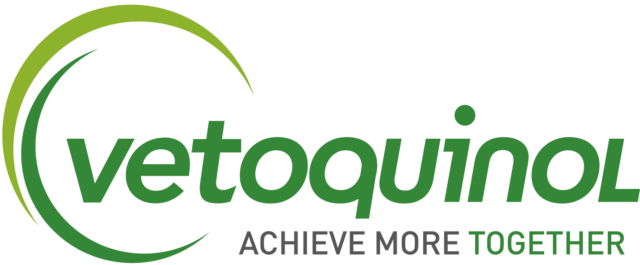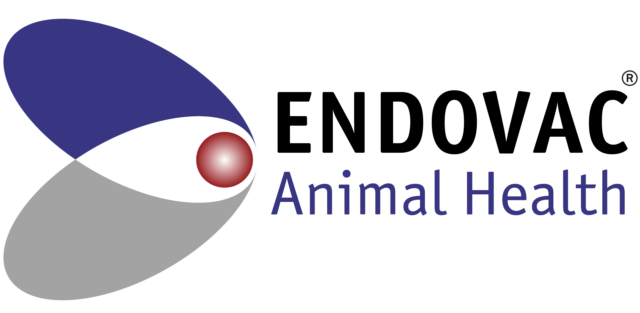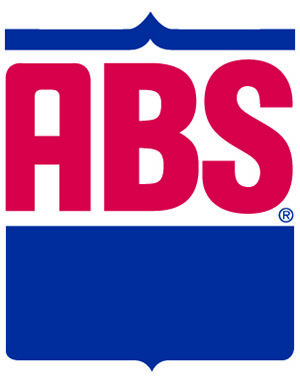According to the most recent report from the Canadian Agricultural Safety Association, between the years of 2003 and 2012, there were 65 animal-related fatalities in Canada. Twenty-nine of these deaths involved cattle. These statistics are just for deaths as a result of cattle involvement and do not consider the thousands of injuries sustained and potentially unreported because of working with or around cattle.
Working around cattle can be very dangerous if safe work procedures are not followed. Animal-related injuries can be due to distraction, impatience or frustration by the animal or the handler. It is important to know the risks and practice safety when working with cattle. Anyone working in the barn or around cattle must be trained and supervised to ensure they understand the safety practices required.
Cattle see the world differently than humans do. Having a better idea of what the animal sees and how it behaves can save you from injury and even death.
The welfare of the animals and employees is top priority. Remember, rough or aggressive handling is not acceptable and could create a very unsafe work environment.
Keep your workplace clean
Take a visual check of the facility to look for potential safety hazards or risks prior to entering a pen. Slips, trips and falls can lead to an injury to yourself or the cattle due to obstructions. Clear any ice or mud from concrete surfaces to prevent slips. Make sure all cattle-handling areas are well kept and free from debris. Part of this is ensuring equipment, garbage and other debris should be properly stored or disposed of. If the area needs to be cleaned or maintained, do so immediately if possible. If immediate cleaning is not possible, speak with your supervisor to come up with a solution. Remember, children should not be near or around cattle without direct supervision.
Wear your PPE
Steel-toed, slip-resistant boots should always be worn when working around or directly with cattle. Farm-specific clothing, including coveralls or long pants, must be worn. Tie up long hair and do not wear jewelry to avoid entanglement incidents.
Avoid the kick zone
Always approach cattle from the side or front, avoiding their blind spot. Never underestimate the power and speed of a kick from cattle. Ensure you are out of kicking range when working around cattle.
Watch for signs of danger and keep cattle calm
Startled or excited cattle can be dangerous. When working with cattle, give them time to settle down. Use a soft voice and work calmly and confidently around cattle. Agitated cattle often bellow loudly and may paw the ground. Be on the lookout for danger signs, including quick erratic movements, raised ears and snorting. A lowered head and raised tail are often also signs the animal is feeling hostile. Work quietly and watch for unusual animal behaviour, as there may be an inaudible sound causing concern or fear for the cattle that you need to investigate. If you notice an animal behaving in an aggressive way, remove yourself from the situation until the animal calms down. If you find yourself getting frustrated when working with cattle, take a break, walk away and calm down. This not only ensures your safety and well-being but also the safety and well-being of the cattle.
Plan your escape route
Make sure you have an escape route in mind before you start your work in a pen or corral. You should be able to access these escape areas in case of a dangerous situation.
Biosecurity measures
-
Animal health management – Recognize the signs, symptoms and susceptibility of disease and separate animals from the herd as needed. Monitor and investigate animals’ sickness and death and report to the herd vet. Also keep water sources fresh and clean, monitor feedstuffs, keep bedding clean to limit spread of disease.
-
Additions and movement – Movement of cattle and purchases of cattle can increase the risk of disease spread on and to the farm. Limit the effects by limiting home animal movement, recording locations and movement of animals. Always segregate, isolate and monitor new and sick cows.
-
Premises management and sanitation – Maintaining a clean and sanitized facility will reduce the pathogens and risk of disease introduction and spread. Employees should always change into farm-specific clothing and wash/disinfect boots and coveralls frequently. Employees should also wash their hands frequently and/or change gloves frequently and when switching tasks.
-
Personnel, visitors, vehicles and equipment – Limit pathogens by controlling access to cattle pens and to the farm, use clean clothing and footwear, and control vehicle/equipment movement of employees and visitors on the farm. Visitors should have as minimal contact with animals as possible. Visitors should also be given disposable booties, coveralls and gloves before entering the barn.









